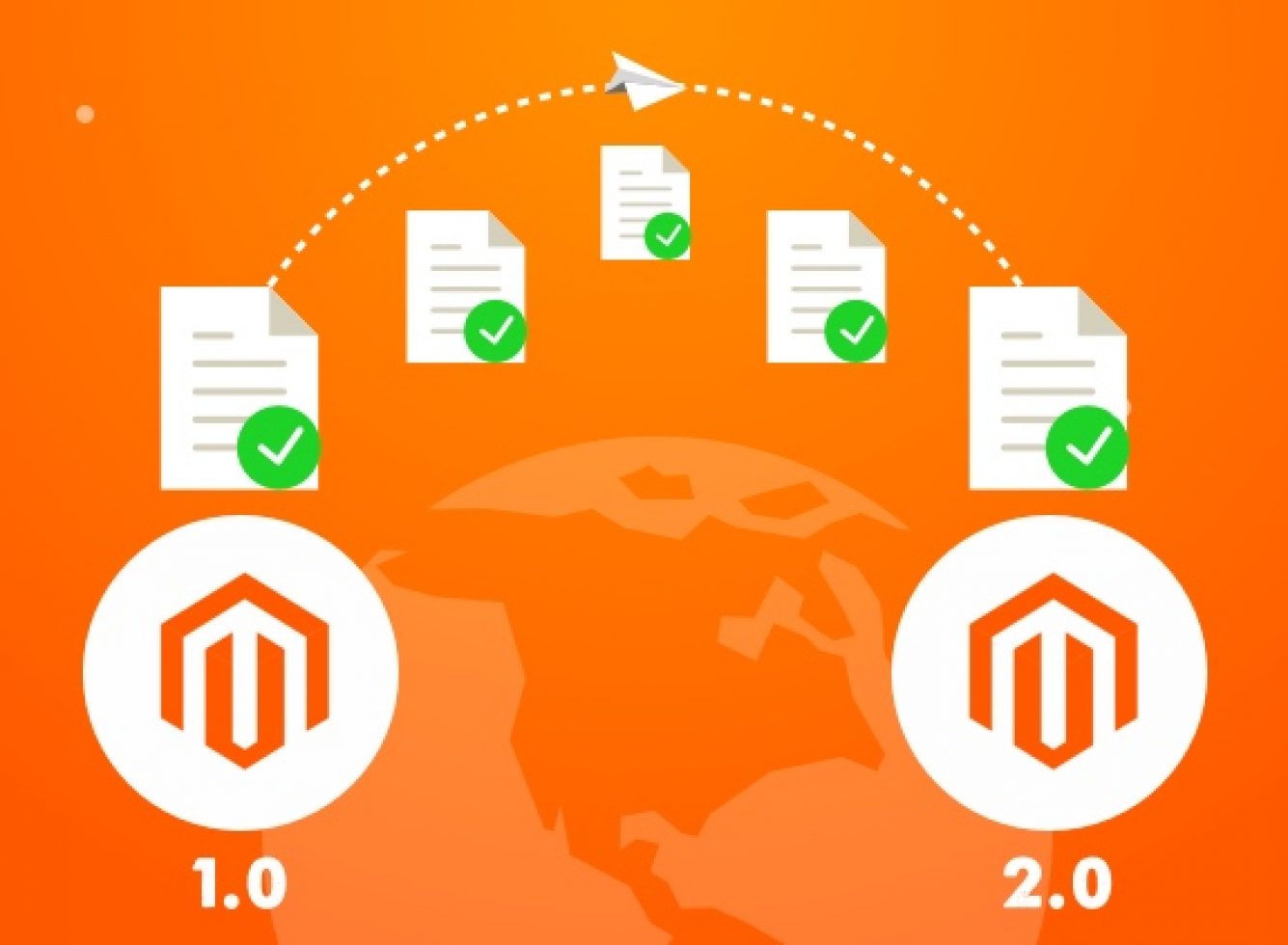Important Consideration while Migrating Magento 1 to 2

Magento 2 offers a transformation for any eCommerce business which uses the platform. It boasts a new architecture, database design and coding structure. All of this has been designed with the needs of online eCommerce business in mind, and it makes Magento 1 migration an absolute necessity. As well as the fact that the new features of Magento 2 will help to take your business to the next level, a good reason for shifting from Magento 1 to Magento 2 is that the support for Magento 1 will soon be ending. Bearing this in mind, it’s vital that any eCommerce business makes us one of a kind for Magento migration services which we offer. Before taking the leap and undergoing Magento 2 migration, it’s vital that you take a few simple but important steps. The process can be challenging in several ways, but the right preparation in the period leading up to the change can help to stop it being disruptive. Our team of experts can help to make upgrading from Magento 1 to Magento 2 as smooth as possible, but in the meantime, we offer the following advice:
Before Magento 2 Migration Begins
- Back up your Magento 1 store completely. This should include aspects such as the database and all files and folders.
- Rather than using the live store for the Magento 2 migration process you should create a clone, as this will stop any issues which arise during migration impacting on your day to day business.
- Carry out a full and honest audit of your store. Ask yourself which aspects of the store are working well and should be kept, and which you can afford to let go. Migrating those parts of the store which aren’t operating effectively will simply take up time and energy you could better spend elsewhere.
- Make sure that the current themes and extensions you’re using are compatible with Magento 2.
- Go through the database carefully and remove any data which is no longer relevant. This could include details such as recently viewed products and compared products.
- Make sure that things run as smoothly as possible by installing a copy of Magento 2 on the same hosting server as that used for your Magento 1 store.
In simple terms, all the advice given above centres upon simplifying and streamlining your existing Magento 1 store before the process of upgrading from Magento 1 to Magento 2 begins. Other ways of doing this include:
Reviewing Extensions
Run an audit of all the third party and custom extensions running on your Magento store. Once you’ve gathered a full list together, you need to source Magneto 2 compatible versions, because Magento 1 extensions will cease operating once you’ve migrated to Magento 2. The latest extensions will make your store more functional and offer the option of installing new features, and if you can’t find what you’re looking for on the Magento Store then you can migrate the code itself using the Magento Code Migration Toolkit.
A similar situation applies where the theme of your site is concerned. Many stores make use of themes provided by third party vendors, and if this is the case for your store then you need to contact those vendors to verify whether Magento 2 will support the theme in question. The alternative to this – if the theme won’t be supported following Magento 2 migration – lies in using the Magento 2 frontend developer guide to create a custom theme. As with migrating the code for extensions, this is the kind of specialist approach that Vsourz are used to delivering for clients from every sector of eCommerce.
Data Migration
Having dealt with the issues of themes and extensions, the last stage of successfully upgrading to Magento 2 involves moving the settings and data over from Magento 1. The good news is that Magento have made the official Magento 2 Data Migration Tool available, which makes it possible to store existing data and settings using CLI commands. This is vitally important, as it takes much of the time and stress out of migration and helps to ensure the integrity of vital data such as product categories, orders, settings and everything else which goes to create the unique nature of your store.
If you have any questions about Magento 1 to 2 migration, or just want some help with making the process run as smoothly as possible, then please get in touch with Vsourz today. Our team of experts are ready and waiting to help.






